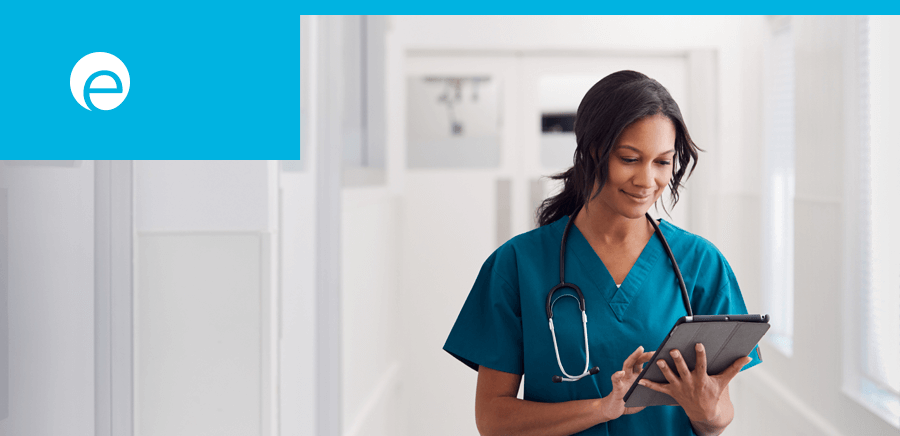Author: Amanda Parsons, MD, MBA – Deputy Commissioner, NYC Health Department
Prevention works. Many of us think of life-saving medicine as something that happens in emergency rooms and intensive care using the latest medical treatments, but we often ignore the power of basic healthcare services to prevent disease in the first place. There are hundreds of evidence-based services that can prevent disease and save lives, but many patients don’t get them. With the right tools, health care providers can work together to help ensure patients get live-saving interventions like medications that control blood pressure and lower cholesterol, aspirin that reduces the risk of stroke, counseling and nicotine replacement therapy that help smokers quit. If our health system delivered more of these services, we could prevent anywhere from 50,000 to 100,000 deaths per year.1 Unfortunately, doctors have often struggled with the technology and resources to identify which patients could most benefit from these proactive treatments and to get them back into the office for care. As a result, our health system remains reactive, waiting for patients to get sick before they show up to for care.
Here in New York, we are changing the system. In 2005 Mayor Michael Bloomberg funded the Primary Care Information Project at the NYC Health Department with a goal of improving health for New Yorkers through public health-oriented technology. Since then, we deployed custom electronic health records (EHRs) to over 3,000 healthcare providers. Our launch of NYC REACH, the regional extension center for NYC, has extended this work to help over 9,000 providers use EHRs to better document and track patient care. We have sent out quality improvement specialists to meet with providers and their staff, review and adjust their workflows, learn how to track and monitor the health of their patient panels, and review their performance compared to benchmarks through monthly quality dashboards.
We found that when practices have the right technology and are trained on workflows oriented around prevention, they delivered three times the number of preventive services. Over 96,000 additional patients reduced their high blood pressure, 81,000 patients improved their diabetes management and an additional 58,000 smokers were given assistance to quit.2
We’ve also learned that in addition to having the right technology, training and feedback, doctors also need to be paid in a way that offsets the costs of implementing these changes and rewards prevention. Luckily, several of these programs are in place in New York: Medicaid and a few other payers offer incentives for recognition as a patient-centered medical home, and over 3,000 providers working with NYC REACH have received millions of dollars through the EHR Meaningful Use program. Medicare and other health plans are rolling out more shared savings and pay-for-quality payments that we expect will accelerate systematic transformation.
Another important capability is the ability to access information about patients from other settings of care. For instance, being able to view the hospital discharge summary can help primary care providers understand what the hospital physician’s recommendations to the patient was. Also, being able to provide the Emergency Room physician vital information about the patient could help save lives and avoid unnecessary hospitalizations. Therefore, PCIP has launched the Connectivity Initiative to help PCIP providers connect to the Statewide Health Information Network of NY (SHIN-NY) and with patient consent, allow providers to access information that can improve the quality of care and ensure it is better coordinated with other providers. PCIP is working closely with the NYeC and the various NYC RHIOs to implement this program.
We won’t fix our fragmented “disease-care” system overnight, but all of these efforts are helping to reorient us in the direction of health promotion and disease prevention, which is what a healthcare system should deliver. Our lives depend on it.
1. Farley TA, et al. Deaths preventable in the U.S. by improvements in use of clinical preventive services. Am J Prev Med 38(6) 2010.
2. Based on data collected by PCIP, 2009-2011.


